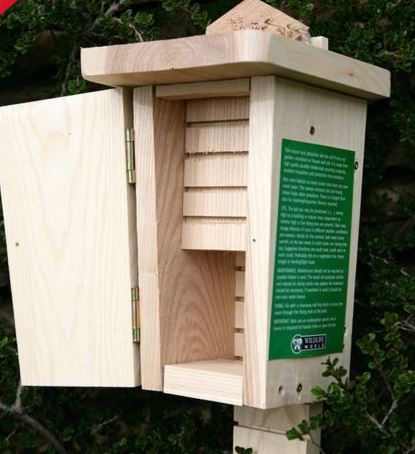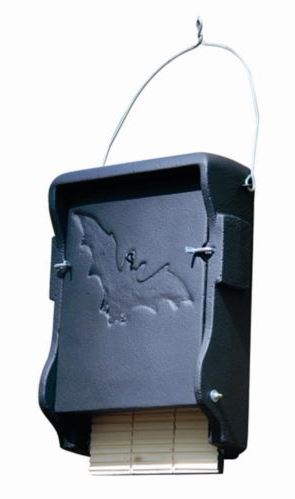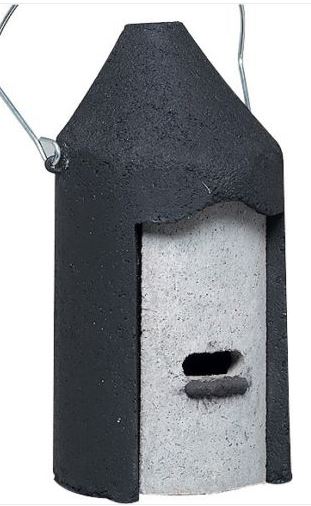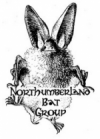
Some species really like bat boxes, others usually won’t go near them, but so long as you’re prepared for a bit of a wait to see whether your local bats like the box or not, have a go! Whatever type of box you go for, it should be thoroughly draught and weather proof. Do not be confused if your box has a small entrance hole/slit, bats are small and can easily get through a slit of only 15 mm wide. Unfortunately, if you put up a box, you cannot open it should bats move in, unless you have a Natural England Bat Licence, as all bat roosts are legally protected, which includes handling and disturbing.
This is not as inconvenient as it sounds, by simply placing a strip of double sided sticky tape directly under the entrance hole (but not over it!) the tape should catch droppings and enable you to check for residency at your leisure. This technique is unlikely to stick actual bats to the tape! Other information can be gathered by observation of the box, see ‘roost watching’ later.
Types of Bat Box:
Wooden bat boxes are the cheapest and easiest to buy or make, but compared to the alternatives are less popular than other bat box materials.
There are a range of shapes and sizes of bat box to choose from, but in selecting your box make sure that all the joints are tight, the landing plate and interior are rough (so bats may climb in) and that the entrance hole or slit is not too big (you don’t want birds moving in!).
Boxes with thicker walls are better, as bats like roost temperatures to rise and fall slowly. If your carpentry skills leave a little to be desired, open joints may be filled with a sealant such as silicone and left to dry in a well ventilated place. Birds are not too bothered by bad examples of carpentry, but bats really are! Do not be tempted to paint or treat your bat box with preservatives, bats are very sensitive to chemicals and you could end up accidentally poisoning future residents.


Woodcrete bat boxes are less readily available (but becoming more so via mail order e.g. Schwegler) and more expensive than wooden ones, but are generally more popular with bats. Because of how they are made, they also tend to last for decades. They are cast from a mixture of sawdust and concrete, ensuring that the resulting box has more stable temperatures and humidity levels, and a draught free structure. Where wooden boxes are occasionally used, studies have shown bats actively seeking out woodcrete boxes, adopting them as permanent roosts and them contributing positively to local bat populations. Please note: use is never guaranteed!
Bespoke bat roosts are not things one can buy or get plans for, but there have been a number of artificially engineered roosts built in Northumberland, usually during a building’s construction or renovation. There are a number of commercially available ‘bat bricks’ which are designed to be built into a wall either to providing a new roost (contained in the bricks) sealed from the building or allow bats access to the cavity or existing roost via an access panel. Obviously cavity access is only worthwhile if you aren’t using cavity wall insulation, though bats do seem immune to the effects of scratchy fiberglass wool.
